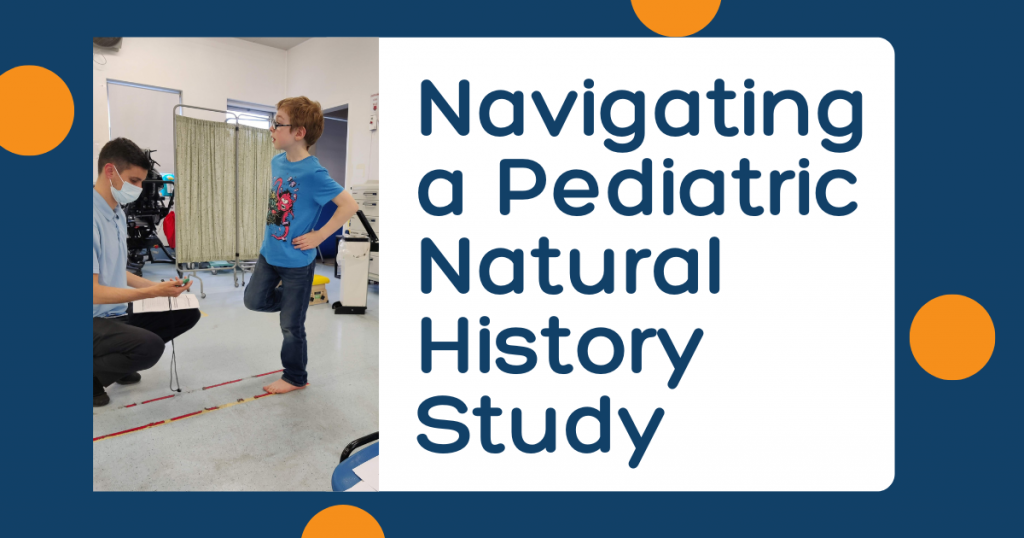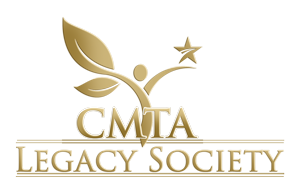
This CMT awareness month, the CMTA’s Chief Research Officer, Katherine Forsey, PhD, shares her perspective as a CMT mum and how she navigated her own child’s participation in CMT research.
Charcot-Marie-Tooth disease (CMT) affects the peripheral nerves; the nerves that send messages from the brain and spinal cord to the rest of the body. CMT damages these nerves, leading to sensory loss, problems with movement, and muscle weakness, making it more difficult to balance, walk, and perform everyday tasks. In some people, CMT causes pain, tiredness, breathing difficulties and other complications. CMT symptoms can start at any age and get worse over time. Although the rate of progression is usually slow, it varies between people; where some remain mildly affected, others have more severe symptoms.
This variability is one of the challenges facing CMT researchers and is a concern for parents of children with CMT. We just do not know when and if CMT symptoms will appear, progress and how debilitating they will be.
CMT is caused by a variety of gene mutations and is usually inherited from a parent. The most common types of CMT has a 50% chance of being passed from parent to child, so there are often several generations of CMT within a family, and family members can be affected by their CMT in diverse ways, with different severity. My own family has four generations of CMT that we can be certain of. There are currently no approved treatments for CMT.
Understanding CMT in Children
Children with CMT sometimes take longer to reach physical milestones, such as walking, hopping, jumping with two feet, or getting up and down stairs, and they can find it difficult to do activities that other children their age do easily. Sometimes, CMT symptoms do not show up until teenage years and even adulthood.
Understanding how CMT progresses over time in children helps us recognize the common signs, what early interventions might help, and identify ways to maintain strength and mobility. With my son, this included knowing when orthotics in shoes might help his walking, when nights splits would help to maintain flexibility while he is growing, along with physiotherapy and exercise to maintain or build strength and movement in key areas. Routine visits to a neurologist or a multi-disciplinary team at a CMTA Centre of Excellence provided access to these assessments and interventions.
What is a Pediatric Natural History Study?
A pediatric natural history study is a type of CMT research and goes beyond a standard check-up at the neurologist’s office. It is conducted by skilled clinical therapists and involves a series of valid and reliable clinical outcome assessments, medical history, and patient-reported quality of life surveys carried out once every year over several years.
It enables measurement and monitoring of CMT progression over time in a very consistent way. With support from the Charcot-Marie-Tooth Association (CMTA), the global Inherited Neuropathy Consortium (INC) has developed comprehensive clinical outcome assessment scales (CMTPedS and CMTInfS) and surveys for children and infants with CMT. The therapists are highly trained, making sure the assessments are conducted the same way on each child in every participating center. The data generated is combined with that of more than 1000 children and helps researchers develop a deeper understanding of CMT symptoms and progression.
How Can My Child Join a Pediatric Natural History Study?
On our annual pilgrimage to see my son’s neurologist, I asked the consultant if Samson was part of a natural history study. He was not. I asked if there was a study he could join, and the answer was yes, he could join it that day if we could stay a bit longer to complete the assessment. In my mind, knowledge is power, participating is a valuable tool to learn more about Samson’s CMT and how it is progressing over time, while also helping CMT research, so it is win-win!
Samson was also in a good mood that day, well fed and watered, so more likely to join in happily with the assessment! Not all centers will be running a natural history study, but you can reach out to your local CMTA Centre of Excellence to ask the question, and it is wise to ask in advance of your visit so enough time is available.
What Does Participation Involve?
You will see from the photographs; it looks like playing around in a gym but it is actually a clever series of activities designed to collect important data points on fine and gross motor function, sensation, and balance. Standing on one leg, jumping, moving pegs, squeezing a device to measure grip strength, and walking around a track (Samson’s favorite part!) were just a few of the activities. There is no pass or fail, only do your best. The data is compared to age and sex-matched normative reference data to help identify where the challenges are for each person and track CMT progression relative to age. The pediatric physiotherapist who led Samson through the assessment was kind, patient and encouraging. He made everything accessible. While Samson did the activities, I sat nearby and filled in questionnaires about Samson’s capabilities. There was a child version of the questionnaire for Samson to complete with my help too. The whole assessment took around 1 hour, and Samson enjoyed it.
Challenges in Pediatric Natural History Studies
Studying CMT in children requires time, effort, expertise, and funding. Researchers need permission from the children and their families to be part of the study, and the studies take several years with baseline and follow up visits to track progress. They also need to gather a lot of information from many different children with CMT, at centers all over the world. This can be tough because CMT has many types, some exceedingly rare, and they all affect children differently. It is a hugely collaborative effort and only possible if CMT families volunteer to take part.
Why Are Pediatric Natural History Studies Important?
To understand disease progression, identify treatment targets prepare for clinical trials. By studying children closely, we learn what might work to help them feel better and move more easily. Because CMT is progressive, it will be ideal to intervene in childhood to prevent the disease from progressing in the first place, therefore we need to understand the natural history in childhood. When we get to clinical trials, we will be able to use the natural history data to determine if a new treatment is slowing progression of the disease, or even reversing it. Without well-established natural history data, it is much more difficult to develop new treatments for CMT and companies are less interested in doing so. Taking part in a natural history study does not commit you to taking part in any future clinical trial of a new treatment.
Would I Recommend Joining a Pediatric Natural History Study to Other CMT Parents?
Yes, without hesitation! Pediatric natural history studies are a cornerstone of CMT research, shedding light on the unique challenges faced by children. By tracking disease progression, identifying genetic factors, and facilitating the development of targeted therapies, these studies hold the key to improving the lives of children living with CMT. The potential benefits are immense, offering hope for a brighter future for our children. As researchers continue to delve into the natural history of CMT, we move one step closer to unraveling the mysteries of this debilitating disease and developing effective treatments.
My next step will be to find out if I can get myself signed up to an adult natural history study. The CMTA is funding several such studies at multiple centers around the world, and they all need volunteers to take part.
To view a full list of Patient as Partners opportunities, please visit: Patients as Partners
Please consider building a profile and being our partner in research to help us create a world without CMT!





